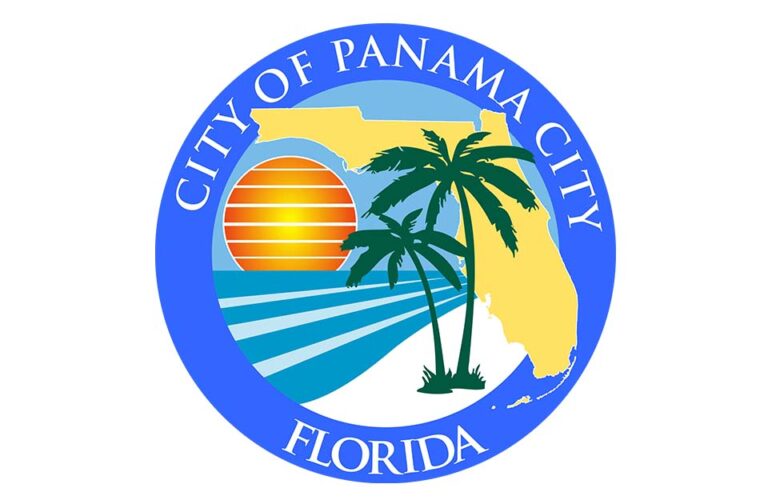ABSI completes second reef restoration experiment
In early May, the Apalachicola Bay System Initiative completed its second round of oyster reef restoration experiments.
With the help of almost 20 local oystermen and women, they were able to effectively deploy 416 cubic yards of limerock, 416 cubic yards of concrete, and 96 cubic yards of shell into the Cat Point area of Apalachicola.
These materials were strategically deployed between 16 sites (50 feet by 26 feet) along the Cat Point region, approximately 2,000 feet southeast from the nearest shoreline. The 16 sites were further broken down into four areas with four distinct treatment types. Treatments were comprised of the following:
- 2 to 6-inch limerock deployed 15 inches high
- 2 to 6-inch limerock deployed 12 inches high with 3 inches of cured shell deployed on top
- 4 to 6-inch concrete deployed 15 inches high
- 4 to 6-inch concrete deployed 12 inches high with 3 inches of cured shell deployed on top.
The deployment will help to further clarify how substrate type (limerock, concrete, and shell) potentially affects oyster growth rates and mortality, spat settlement, predator presence, and overall oyster health. ABSI aims to continuously monitor these 16 sites over the next two years.
A deployment of this scale would not have been successfully completed in only five days if it was not for the support and collaboration of local oystermen and women. ABSI is excited to monitor the sites and is looking forward to sharing their results with the public in due time.
ABSI seeks to gain insight into the root causes of the decline of the Bay’s ecosystem and the deterioration of oyster reefs. Ultimately, the ABSI will develop a management and restoration plan for the oyster reefs and the health of the Bay.
Funded by Triumph Gulf Coast, Inc., ABSI is developing a plan in concert with the agencies responsible for the management and conservation of the region, the stakeholders whose lives are tied inextricably to these waters, and the natural and social scientists whose research will help inform the resulting policy decisions.
The scientific and logistical hub of ABSI is the Florida State University Coastal and Marine Laboratory located in St. Teresa.





why introduce concrete into the waters of Apalachicola Bay? it contains multiple chemicals that are not naturally found in these waters. there are plenty of sources of oyster shells to do all the restoration of the Bay.